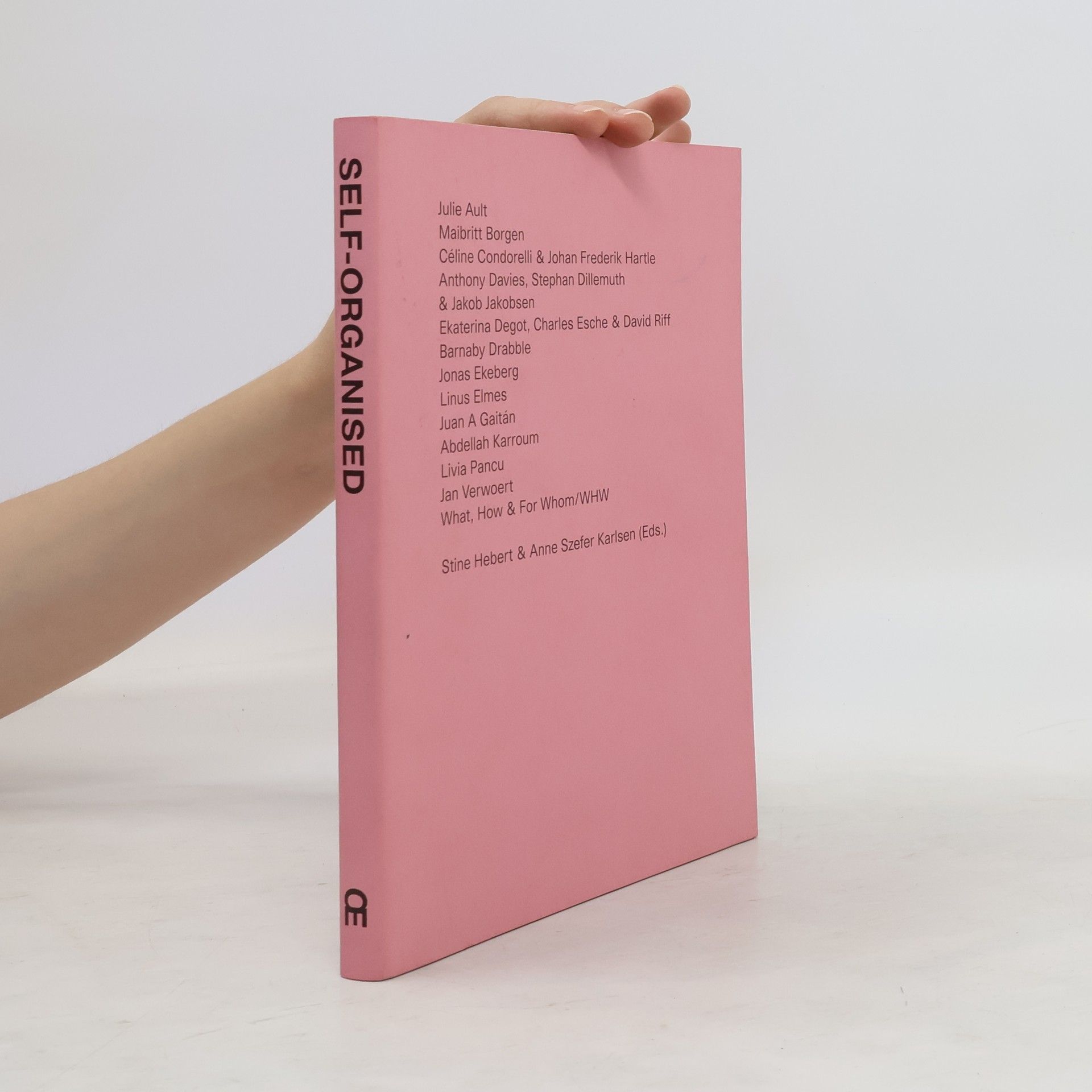"Admired by Charles and Ray Eames, Buckminster Fuller and Saul Bass, Sister Corita Kent (1918-1986) was one of the most innovative and unusual pop artist of the 1960s, battling the political and religious establishments, revolutionizing graphic design and encouraging creativity of thousands of people--all while living and practicing as a Catholic nun in California. Mixing advertising slogans and poetry in her prints and commandeering nuns and students to help make ambitious installations, processions and banners, Sister Corita's work is now recognized as some of the most striking--and joyful--American art of the 60s. But, at the end of the decade and at the height of her fame and prodigious work rate, she left the convent where she had spent her adult life. Julie Ault's book ls the first to examine Corita's life and career, containing more than 90 illustrations, many reproduced for the first time, capturing the artist's use of vibrant and day-glo colors."--Page 4 of cover.
Julie Ault Livres






Jim Hodges
- 160pages
- 6 heures de lecture
The first in-depth survey of the life and work of one of America's most celebrated contemporary artists
Tell it to my heart
- 160pages
- 6 heures de lecture
First presentation of the Julie Ault Collection The collective process as both the path and the goal of art With an index of works and personal notes
Self-Organized
- 168pages
- 6 heures de lecture
The current economic situation and society’s low confidence in its institutions demands that artists become more imaginative in their self-organization. If labels such as ‘alternative,’ ‘non-profit’ and ‘artist-run’ dominated the self-organized art scene of the late nineties, the separatist position implied by the use of these terms has been moderated during the intervening years. This new anthology of accounts from the frontline includes contributions by artist practitioners as well as their institutional counterparts providing a fascinating account of the art world as a matrix of positions where the balance of power and productivity constantly shifts. Artists, curators and critics discuss empirical and theoretical approaches from Europe, Africa and South and North America on how self-organization today oscillates between the self and the group, self-imposed bureaucratization and flexibility, aestheticization and activism.
A catalogue published in conjunction with an exhibition held at Neue Gesellschaft fur Bildende Kunst, Berlin, June 17 - July 16, 2000. The show, organized by Julie Ault and Martin Beck, "explored boundaries between installation art and exhibition design. An experimental temporary exhibition, it was a product of Ault and Beck's ongoing engagement with concepts of space and urban form. It drew on their experience of Los Angeles, and looked at the ways in which particular spaces are negotiated as integral parts of an urban metabolism." Essay by Julie Ault and Martin Beck. Unpaginated [64 pages]; color and b&w illustrations throughout; 8.25 x 10.25 inches. Text in English and German.